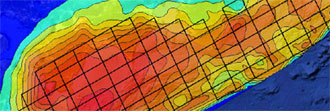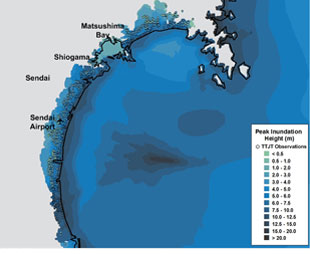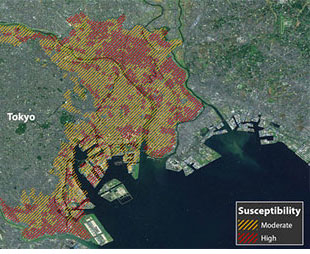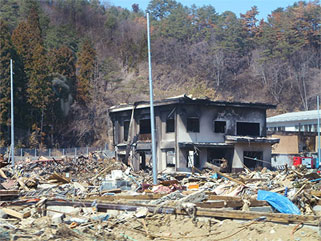
Modeling Japan Earthquake Risk, Post-Tohoku
The Great Tohoku earthquake of March 2011 was by far the most widely instrumented megaquake of all time and has provided an unprecedented wealth of ground motion data, damage observations, and detailed claims data.
AIR scientists have carefully incorporated new insights gained from the event into the 2013 update to the AIR Earthquake Model for Japan, which represents the industry's first (and currently only) comprehensive model update following the earthquake. Some of the most significant enhancements are highlighted below.
Rethinking Seismicity
Going far beyond simply revising rupture occurrence probabilities in the existing model, AIR's updated model reflects a new understanding of the complex network of plate boundaries and crustal faults that underlie Japan's islands.
AIR seismologists undertook an intensive re-examination of information from various sources, including physical and statistical models that calculate how the Tohoku rupture affected stress accumulation on nearby faults. AIR also conducted original research to study the Boso Segment of the Japan Trench, which may have accumulated enough energy to generate a devastating earthquake on the Kanto Plain (home to Tokyo).
Tsunami and Liquefaction
AIR has developed a fully probabilistic tsunami model to explicitly account for this important source of loss (tsunami damage accounted for 15% to 25% of the total insured losses from the Tohoku earthquake). Going far beyond solutions that provide purely deterministic scenarios or overlay a fixed wave height on exposure, the AIR model captures both the complex nature of a tsunami's development and its dynamical behavior as it nears the coast and comes ashore.
AIR's tsunami damage functions not only account for inundation depth, water velocity, and debris, but also take into consideration Japan's extensive flood defense system, including the probabilistic failure of levees due to the force of moving water.
AIR has also included explicit modeling of liquefaction in this update. Although eclipsed by the tsunami and shake damage, the liquefaction damage produced by the Tohoku event was severe, especially on the Kanto Plain around Tokyo Bay and along the Tone River.
Other Major Enhancements
The 2013 update also includes an enhanced fire damage module. It features a newly developed algorithm for determining fire spread that leverages an updated high-resolution industry exposure database.
Using the unprecedented amount of claims data following the Tohoku earthquake, AIR engineers have taken a new look at damage functions across all lines of business-including personal accident, marine hull and cargo, and complex industrial facilities. Separate damage functions for all four earthquake perils (shake, tsunami, liquefaction, and fire following) have been validated against nearly 4 million individual claims from the Tohoku event. Most notably, wood construction was found to be more vulnerable than previously considered. Because a vast majority of residential structures are wood, this insight has a substantial impact on Japan's risk profile.
While there undoubtedly remains much to learn from the Tohoku earthquake, AIR's robust, scientifically sound, and extensively validated model meets the industry's need for a fully updated view of seismic risk in Japan.




